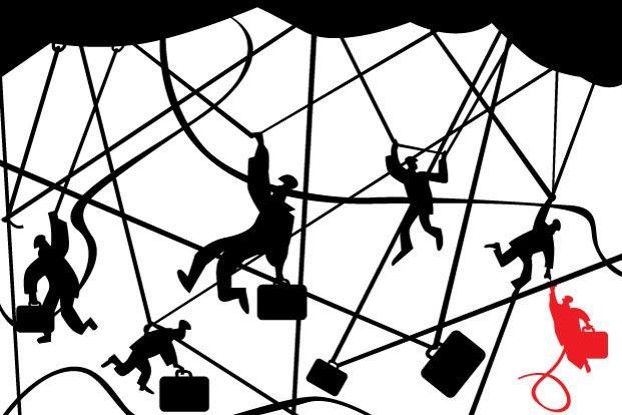After a while you begin to spot a pattern. Introduce the PanSensic ‘read between the lines’ capability to managers or any of the Systematic Innovation problem definition tools and there’s a moment when their smile turns to a worried frown. “If these tools help to reveal the truth about a situation, what if the truth is that I’m the problem?” You can almost hear the brain cogs whirring. The words don’t always come out quite so overtly, but you can see the concern is there. And unless you nip the question in the bud very quickly, the conversation can very easily turn into an increasingly frantic search for a plausible deniability excuse to tell their boss why they’d been wrong to ask me to come and talk to them in the first place.
When I hear the ‘what if this shows I’m the problem’ question, I’m often tempted to respond perhaps we now already know what the problem is. No smoke without fire, right?
Of course, the conclusion I just jumped to is almost inevitably erroneous. I’m not sure if it’s just me, but it seems like a natural human reaction to conclude that when someone acts defensively about something, they have something to be defensive about.
Because I was (and in many ways still am) a big fan of W Edwards Deming, I’ve managed to train myself to recognize that these defensive feelings of guilt that managers sometimes reveal are misplaced. “90% of all problems are problems of the system,” Deming famously declared back in the 1970s. By 1982 and the publication of Out Of The Crisis, the percentage had risen to 94%. By the time he passed away in 1993, the number had grown again to 96%. Whatever the number is, it suggests that an awful lot of people are feeling unnecessarily guilty about the work they’re doing.
Now, of course, ‘the system’ is the responsibility of the management team. They’re the only ones with the authority to formally alter how things are done within an organisation. But ‘being responsible’ is not the same as ‘my fault’ when things go wrong.
Especially as our world and the enterprises we operate within become ever more interdependent and complex. The more complex things become, the more likely it becomes that the silos managers are expected to operate within become increasingly artificial and increasingly problematic. And the more likely, to paraphrase the words of the cliché, the butterfly wing flap over in the warehouse causes a tornado in the Accounts Department.
I suspect that today Deming’s number is somewhere even closer to 100%
When a manager – implicitly or explicitly – asks the question, ‘what if PanSensic shows everyone I’m the problem?’ the right response is that PanSensic will reveal where in the system the problems are. And it will do it in such a manner that the manager can do what he or she is there to do… work ‘on the system’ to improve it. And maybe then become the hero they deserve to be, so they can go home at night not just with a clear conscience, but a healthy glow of pride.

